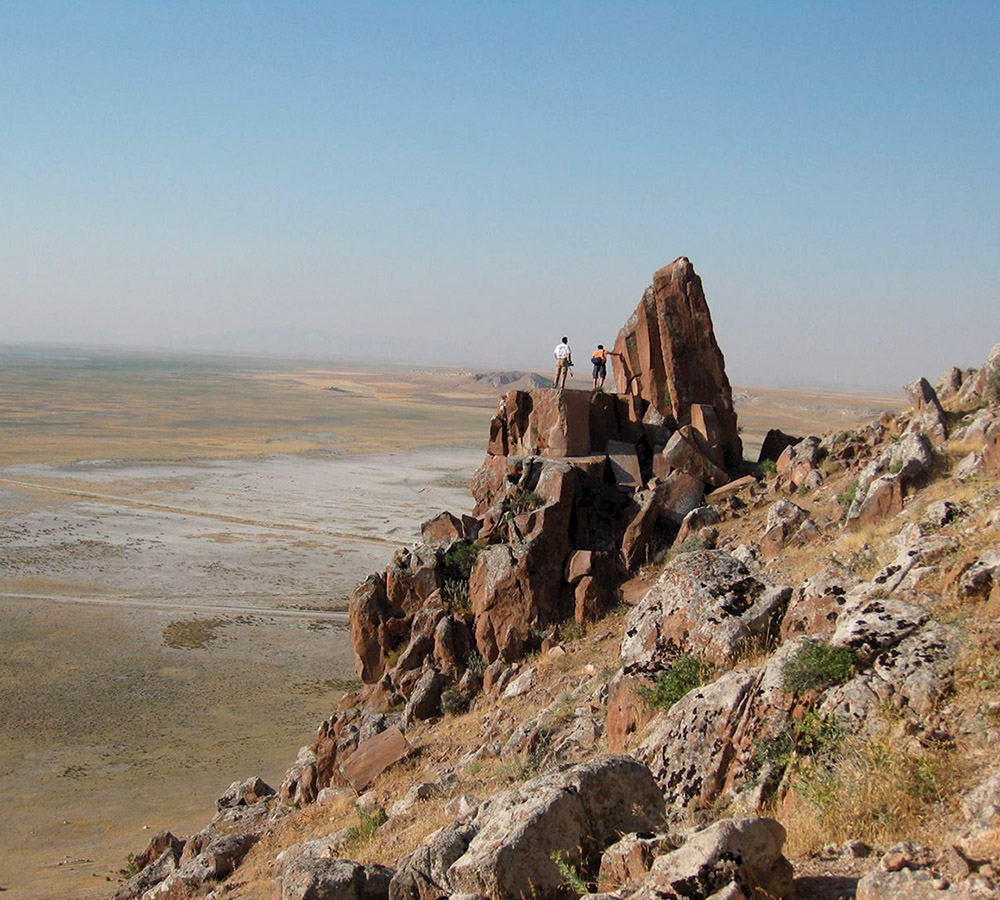January 2024 (128.1)
Article
Kızıldağ, Karadağ, and Sacred Peak Sites in Central Anatolia During the Late Bronze and Iron Ages
By Michele Massa and James Osborne
Mountain peaks and rocky outcrops have long been recognized to have been crucial components of the religious beliefs of people in Anatolia during the Late Bronze and Iron Ages. Archaeologically, however, sanctuaries that are associated with these features are much less understood. This article considers what is known about Anatolian peak sites textually and archaeologically for the second and first millennia BCE. While Late Bronze Age textual accounts of rituals and built features on peaks are abundant, archaeological data is comparatively scarce. The converse is true during the Iron Age, from which there are several archaeologically attested kinds of monuments associated with rocky outcrops and peaks, including stelae and step monuments, but a limited textual record. Assessing the evidence for continuity and innovation in peak-site usage across the two periods sheds new light on the Bronze to Iron Age transition, contributing additional nuance to what is increasingly recognized to have been a highly variable and localized phenomenon. In particular, the Iron Age peak sanctuaries of Kızıldağ and Karadağ and the associated settlement of Türkmen-Karahöyük serve as a useful case study for the ways in which Late Bronze Age precedents were consciously adapted into new forms in the Iron Age.
More articles like this:
Bronze Age • Landscape Archaeology • Iron Age • Religion/Cult • Turkey > Central Turkey